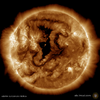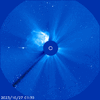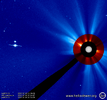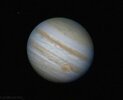A now a lunar eclipse
Next weekend, the moon will pass into the shadow of the Earth, triggering a partial lunar eclipse visible in full from Europe, including Russia, Italy, Germany and the UK, and African countries like South Africa, Egypt and Algeria, according to Time and Date.
Beginning on Saturday, Oct. 28, and stretching into Sunday, Oct. 29, the partial lunar will occur during October's full moon, the Hunter's Moon. Skywatchers in New York and other U.S. states will only get to see this latter penumbral stage of the Oct. 28 partial eclipse, as during the earlier stages, the moon will be below the horizon. The end of the eclipse will be visible from a few states in the U.S., like New York, Alaska and North Carolina, but not to its full extent.
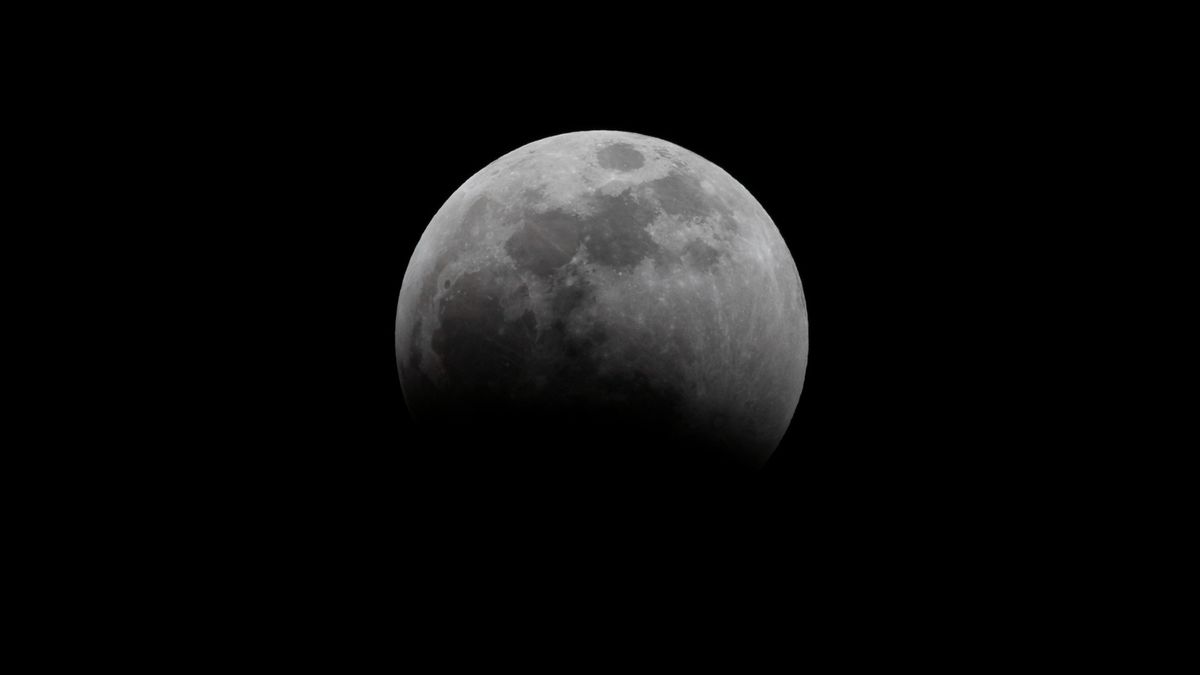
 www.space.com
www.space.com
A partial lunar eclipse will occur on Saturday, 28 Oct, 2023. It will be visible in Asia, Russia, Africa, Europe, Antarctica, & Oceania.
The eclipse will begin at 7:36 p.m. GMT and end at 8:53 p.m. It will be a short eclipse lasting for ~75 min. 1/
Map: timeanddate
Don't miss a partial lunar eclipse of October's Full Hunter's Moon this week
Next weekend, the moon will pass into the shadow of the Earth, triggering a partial lunar eclipse visible in full from Europe, including Russia, Italy, Germany and the UK, and African countries like South Africa, Egypt and Algeria, according to Time and Date.
Beginning on Saturday, Oct. 28, and stretching into Sunday, Oct. 29, the partial lunar will occur during October's full moon, the Hunter's Moon. Skywatchers in New York and other U.S. states will only get to see this latter penumbral stage of the Oct. 28 partial eclipse, as during the earlier stages, the moon will be below the horizon. The end of the eclipse will be visible from a few states in the U.S., like New York, Alaska and North Carolina, but not to its full extent.

Don't miss a partial lunar eclipse of October's Full Hunter's Moon this week
The moon will pass into the shadow of the Earth on Saturday (Oct. 28).


